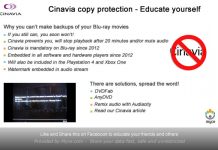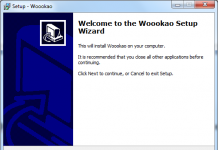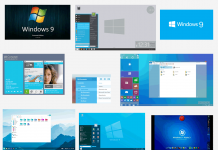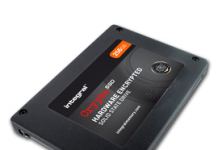When I started recording CD's it was pretty easy, you bought a burner, and besides looking at the interface, there was not much to look at, you had the choice of buying a SCSI or an IDE drive, and you would probably buy the drive with the highest write speed.
Nowadays there are a lot more features to look at. You have to look at different things your drive is capable of. In this article I will try to explain the latest technologies on a way that everyone is able to understand.
One of the most known features in modern drives is Burnproof. Similar technologies are called Seamless Link and JustLink. Most people think they are the same, but there are some differences between them, I will explain them later in this article. The technologies are needed because drives are able to write faster and faster, resulting in a bigger data demand by the burner. Your computer is not always able to supply the burner with enough data, and if this happens we speak about a 'buffer under run'. The buffer under run causes a useless disc or session (When you are not writing a disc in DAO '“ Disc at Once) and therefore it should be prevented in all causes.
Most of you will know Burnproof, because it's the technology Plextor uses in their drives, but that doesn't mean it's the best solution. Burnproof is developed by Sanyo and its task is to prevent buffer under runs. Buffer under runs appear when the CD-Recorder doesn't receive its data fast enough. When your CD-Recorder doesn't get its data fast enough it's normally not able to wait. The Burnproof technology now makes it able to wait, stop and resume the burning process.
The CD-Recorder can't wait because, in order to make CD-DA/CD-ROM compatible discs, it is required to write the data constantly on the disc. As said when there is a hitch in the data stream it will stop the process and give you a useless disc. Causes of a hitch in the data stream can have several reasons, the source disc can have errors, but also your virus scan, ICQ, or another application that you start up can use up CPU power and data that should have been used by your burner.
Burnproof is built in the chipset of the burner and has also to be supported by the burning software. The software and the chipset are both looking at the buffer of the burner and when this seems to not to able to supply the data needed by the burning process it will memorize the exact place where the laser is and will stop the burning process.
Then it will wait till there is enough data again and will resume the process by pointing the laser to the memorized place and starts recording again. Unfortunately the burner is not precisely enough to start again at the exact point where it stopped and leaves a tiny gap. The gap it leaves is so little that your CD reader is able to correct this, and thus you will not notice it. Older burners would have caused an incomplete, unusable disc..
This means that if you are using an older computer or you want to multitask you are now able to. Older burners would have required you to stop what you were doing and leave your computer alone till the burning process is done, and thus you would lose valuable time.
Also Seamless Link and JustLink are based on this method, but there are differences:
Another method to prevent buffer under runs is the buffer memory, this used to be THE method to prevent the buffer under runs and in most configurations this will be enough. The buffer memory in the burner is filled during the burning process and makes sure the burner always has enough data to write. The more buffer memory, the less chances on buffer under runs. But of course this has its price. Also most software uses your computers RAM memory for this purpose, but if your computer is doing something else it can happen that this is not sufficient.
Of course all of these technologies are not able to prevent errors caused when your computer is accidentally switched off or reset.
Conclusion:
A buffer under run causes coasters (a useless disc) and will cost you money on the long term. Therefore it is recommended to invest in a drive that will prevent them. You have the choice of buying one with a similar technology to Burnproof or a drive with a built in memory buffer.
If you really want to be sure, I would recommend to buy a drive with a Burnproof like technology because this is able to resume the burning process. If your burner has a memory buffer but your computer is running a heavy process it will still create a coaster. Burnproof will just stop and resume burning when the heavy process is done.










